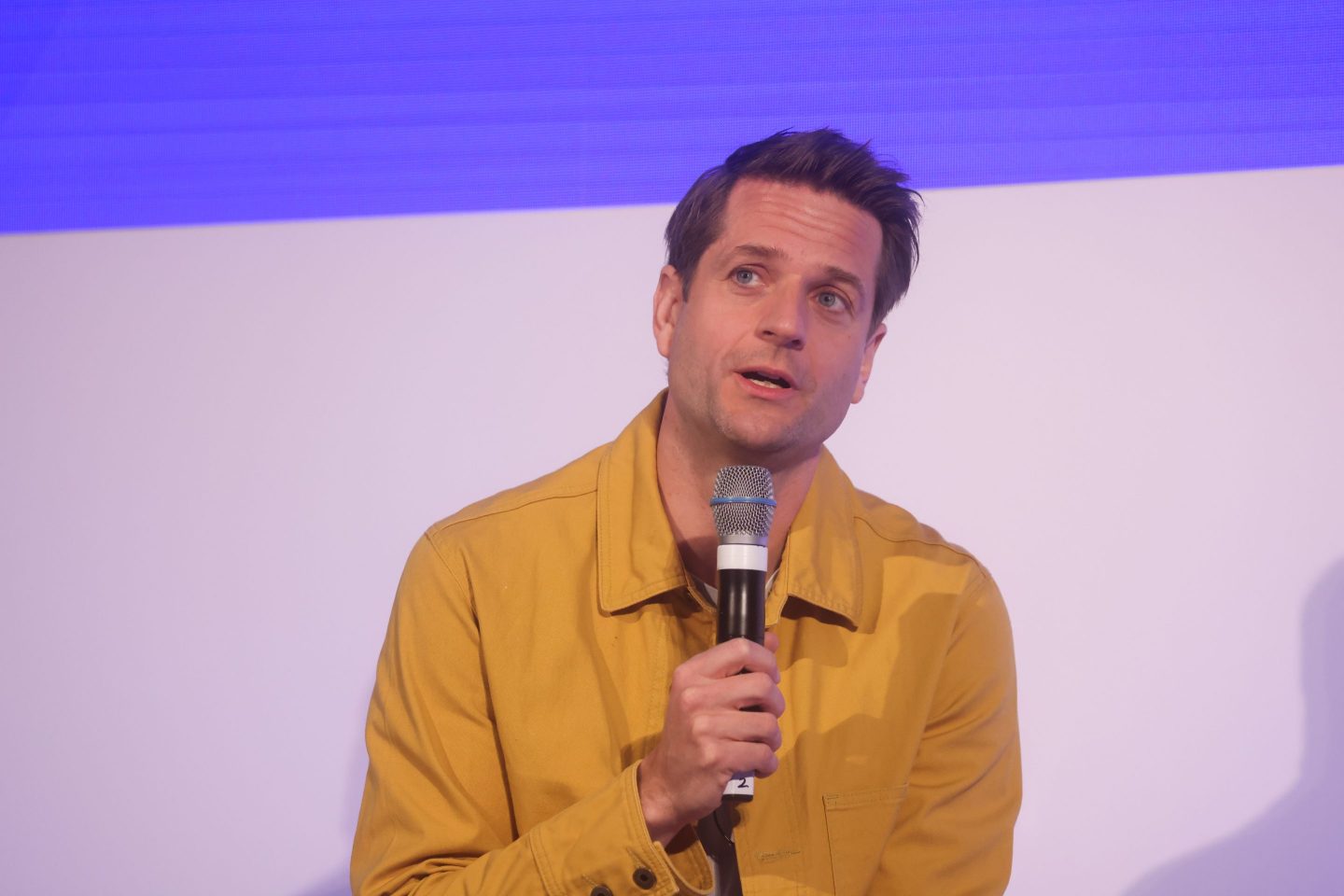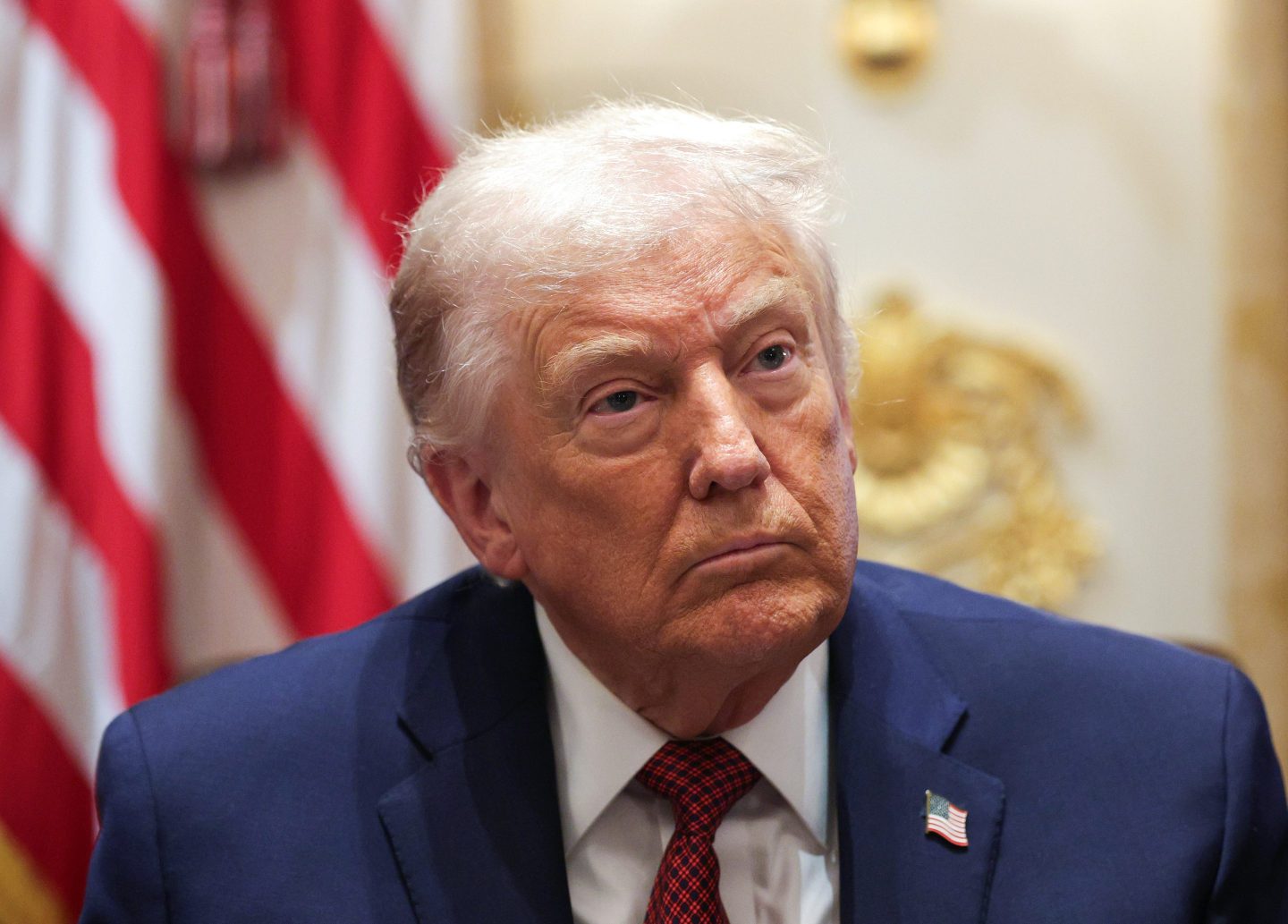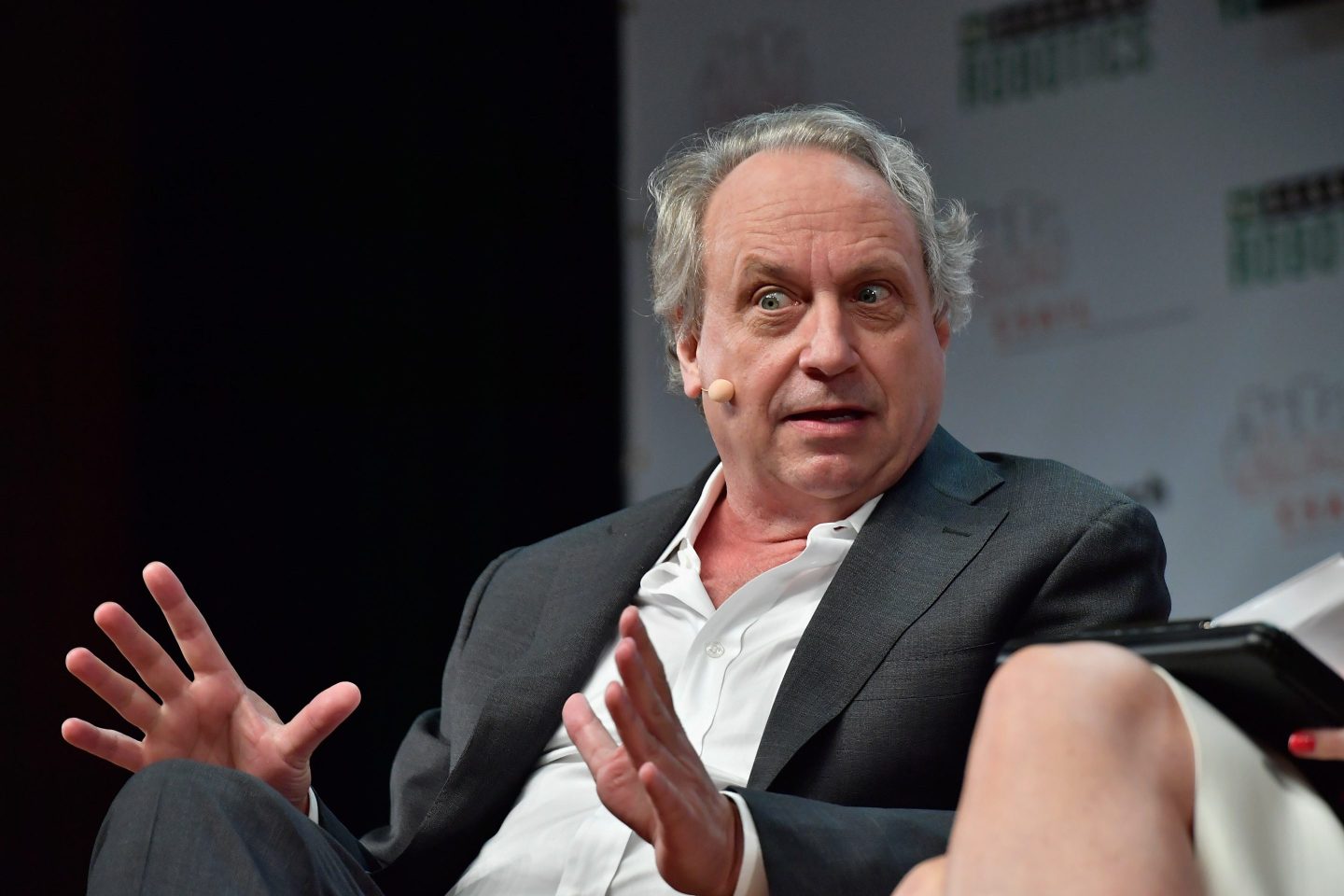Robotaxi company Cruise is axing a full quarter of its workforce, eliminating 900 jobs as the financial rot at the General Motors subsidiary threatens to spread.
GM bought the company for more than $1 billion in 2016, just three years after it was founded, but now the once promising business risks death by a thousand cuts following a fateful accident in October that resulted in the loss of its license in California.
Mary Barra, CEO of GM, had hoped to haul in $50 billion in annual revenue in 2030 through the company, but has since had to revise her plans as a result of the crisis. Plans to expand beyond San Francisco into a dozen cities have now been scrapped to focus on just the one.
“We knew this day was coming,” Cruise said on Thursday in a letter to staff posted by CNBC. “Many of you will be impacted because we aren’t commercializing as quickly, and therefore don’t need support in certain cities or facilities.”
San Francisco residents weren’t initially keen about the state lifting all limitations for Cruise in August. A number protested by placing traffic cones on the cars’ hoods to force them to come to a halt, while the fire department chief said it wasn’t her job to “babysit” the vehicles.
Trouble began soon after the limitations were lifted, when one robotaxi failed to recognize a first responder driving in the wrong lane due to an emergency, resulting in a collision. But Cruise’s troubles grew exponentially when it was less than forthright about the circumstances surrounding the critical injury of a pedestrian, in which it was inadvertently involved.
In the aftermath, both CEO Kyle Vogt and chief product officer Daniel Kan departed the company they founded, taking responsibility for the problems, along with operations chief Gil West.
No fault of their own
GM has traditionally suffered from a reputation of being a company focused on short-term earnings targets and run by bean counters saving costs in the wrong places. It was an early pioneer in electric vehicles with the EV1 in the late 1990s, but instead of developing the technology it shelved the concept and focused on gas-guzzling SUVs like the Cadillac Escalade and Hummer H2.
Being a leader in the self-driving space was Barra’s chance to finally prove the naysayers wrong: Not only was the 2009 taxpayer bailout that rescued the doomed carmaker money well invested, management had even learned how to disrupt the industry as well.
With crosstown rival Ford pulling the plug on its Argo AI self-driving investment late last year, the path looked increasingly clear for Barra, too. Only Alphabet’s Waymo unit was considered a serious contender in the robotaxi space. Tesla’s full self-driving, in beta for over three years now, remains more of a long shot due to its decision to rely solely on low-cost cameras for all sensory input.
But the debacle in San Francisco has seen GM return to its pre-bankruptcy roots as a financial engineer. It has cut funding for Cruise next year by hundreds of millions of dollars, rather than raising it, mothballed a dedicated robotaxi model called the Origin, and returned $10 billion to shareholders in the form of buybacks.
Cruise admitted the loss of 900 full-time employees would be painful and blamed itself for the cutbacks. “They are departing us through no fault of their own. Other companies will be privileged to have these professionals on their teams,” it said.
GM could not be immediately reached by Fortune for comment.













